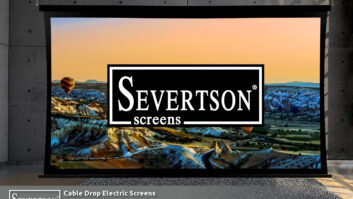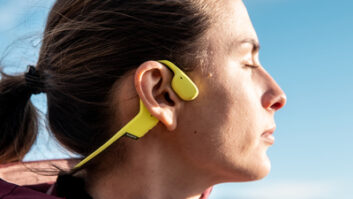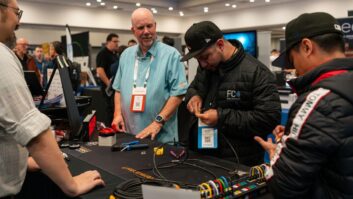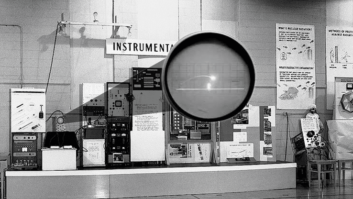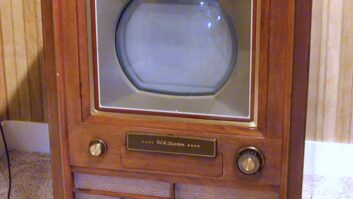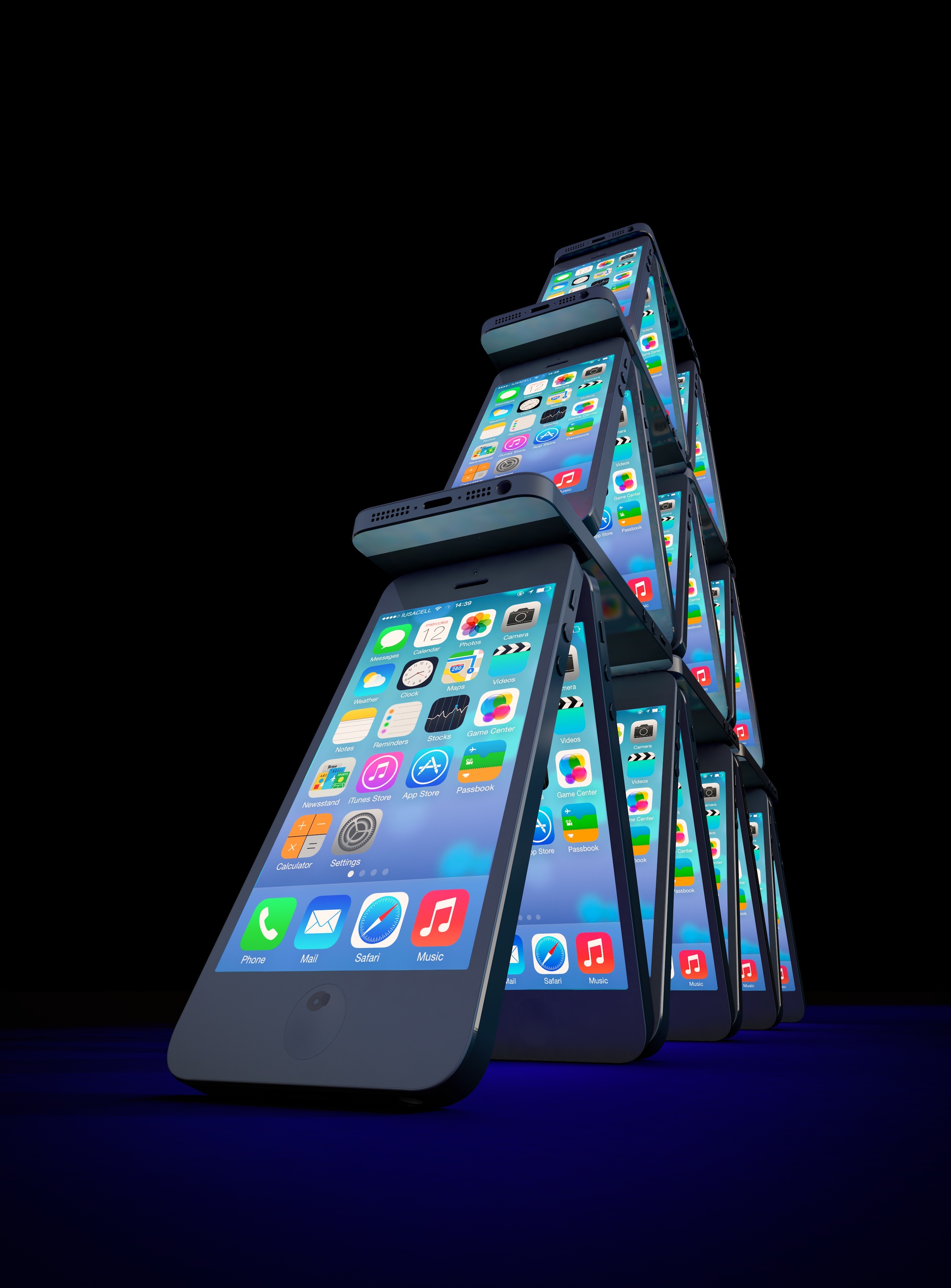
Here’s something I’ve noticed retailers, carriers and manufacturers around the world have in common: they’re all looking for ways to incentivize consumers to buy new smartphones, especially lately as we’re seeing an elongation of the handset lifecycle.
The challenge? The latest and greatest tech is quite expensive. We’re talking about phones that can cost as much as $1,000. I don’t want to age myself here, but that’s more than my first car.
I’ve discussed this issue with many retailers and operators, and it seems the solution boils down to increased affordability and enhanced training. In other words, give your consumers a monthly expense they can afford. And help them understand how to bring out all the technology jam-packed into their devices. Come to think of it, smartphones these days even have more features than my first car.
Clearly, things have changed. For nearly two decades, thanks to device subsidies, consumers enjoyed relatively affordable phones. But with the demise of subsidies and the incremental addition of new innovations — more memory, better screens, and more powerful cameras — consumers pay more and more for each new device.
See: How Phone-Lease Plans Can Make Millennials Happy And Save Carriers Money
So, it’s no wonder consumer aren’t too keen on replacing devices, now upwards of $1,000, as often as they might have in the past. Affordability and innovation will always be a consumer’s top priorities. This is what drives the demand. And though retailers can’t change the cost of a device, there are a few ways they can conquer affordability.
The Affordability Opportunity
The wireless industry must do a better job of letting consumers know that their old devices are worth something. You wouldn’t let a $100 bill gather dust in your junk drawer for years, would you? The solution is to reframe a consumer’s old device as something of value, as something that can lower the cost of a new phone.
Additionally, on the affordability front, I’m seeing more and more similarities between the automobile and smartphone industries. We lease vehicles so we only pay for depreciation over the course of the lease, instead of it being spread across the entire life of the vehicle. That’s what makes a nice, new car attainable.
For instance, in Miami you can lease a basic Maserati for about $600 a month, versus paying about $1,000 a month with a traditional car loan. Now let’s look at a smartphone lease: You can lease an iPhone X 64 GB for as low as about $36 a month, whereas a financing plan would be in the ballpark of $42 a month, depending on the carrier. Essentially, leasing is the affordable option, if you have your heart set on driving around in a flashy sportscar. Without it, market share would plummet.
Train Sales Associates To Train Consumers
How many of you out there had the pleasure of living with the ubiquitous blinking “12:00” on VCRs of the ’80s and ’90s? If only a sales associate had explained how the VCR’s clock worked, we would’ve been spared the plague of the flashing 12. I see lot of similarities with today’s mobile technology.
Consumers learn most of what they need to know about their new devices while still in the store. So, if you want to drive upgrades, it’s critical you train retail sales associates to showcase how new phones work. Consumers are more likely to spend a big chunk of change on exciting new functionality if they know how it works and what’s inside.
Take multimedia capabilities for example. Smartphone speakers have enhanced stereo sound to match display capabilities, or better cameras built for low-light shooting, or wireless charging pads. And yet I’d be willing to bet that up to 50 percent of a phone’s features aren’t even being used by consumers. We have to do better.
Furthermore, if you don’t know that the smartphone on the rack in front of you can pair with a virtual reality headset, you’re probably not going to add that accessory to your basket. But a well-trained sales associate can fill consumers in on the good news, and show them some intelligent Bluetooth speakers, too.
Sales associates should help consumers take full advantage of everything their new devices can do, especially when paired with the right accessories. After all, there are a lot of technological advancements that are being overlooked.
For example, over the past few years manufacturers have made incredible strides in camera quality. As a consumer myself, I’ll be honest, I don’t want to read user manuals. But what percentage of sales associates can explain the difference in the megapixels, aperture settings or lenses?
I guess what I’ve been saying this whole time is this: the effort required for sales associates to learn about new devices can maximize returns for retailers and enhance customer experiences. There’s an opportunity gap — let’s dive in.
Andy Zeinfeld is global president of Brightstar Echo, Brightstar’s global smartphone buyback and trade-in programs and used device sales. He is also head of Brightstar Gear, which spans the world of mobile accessories.





